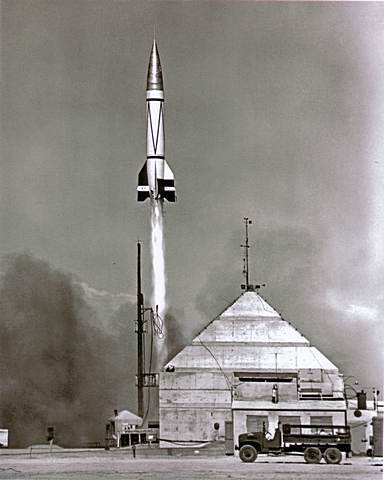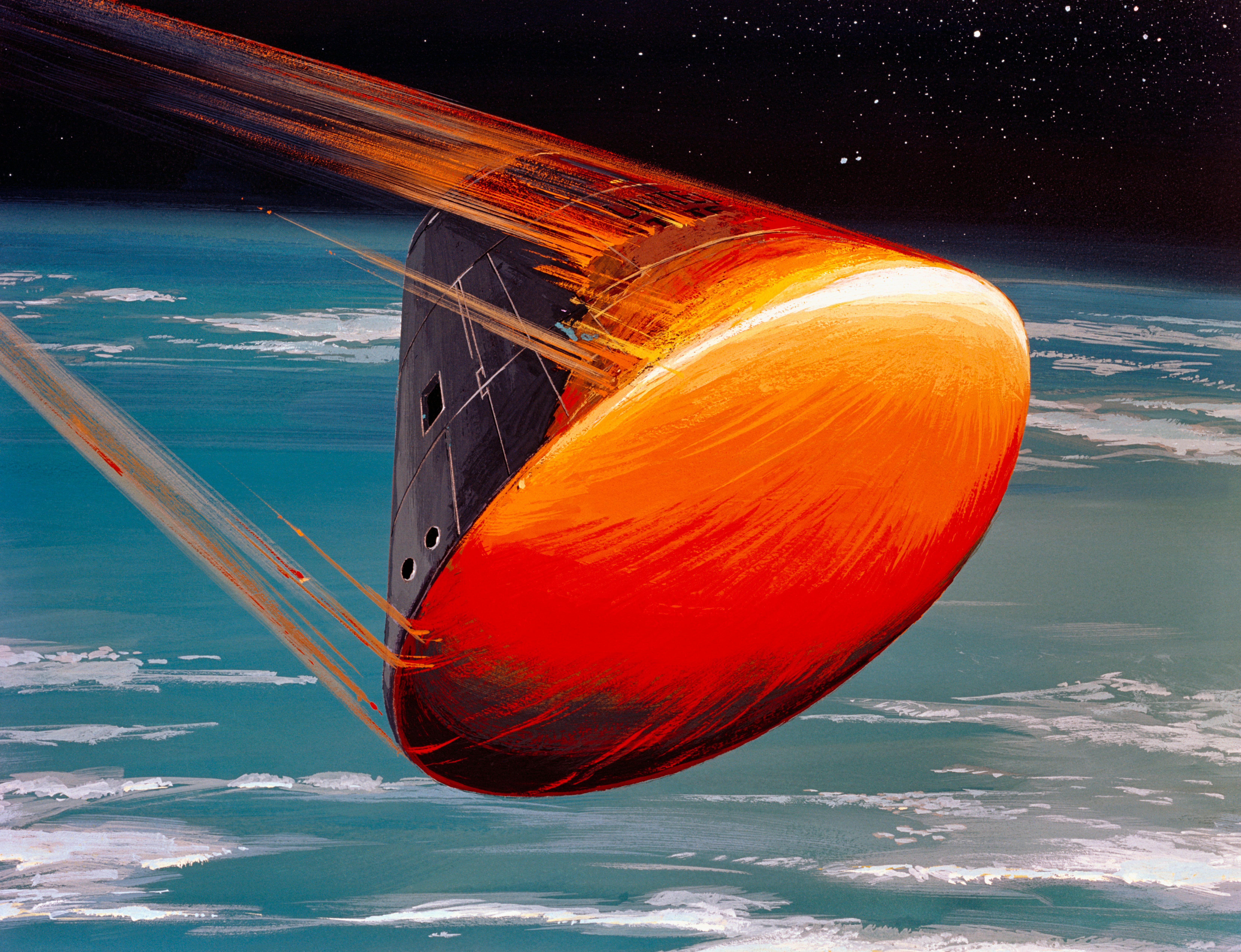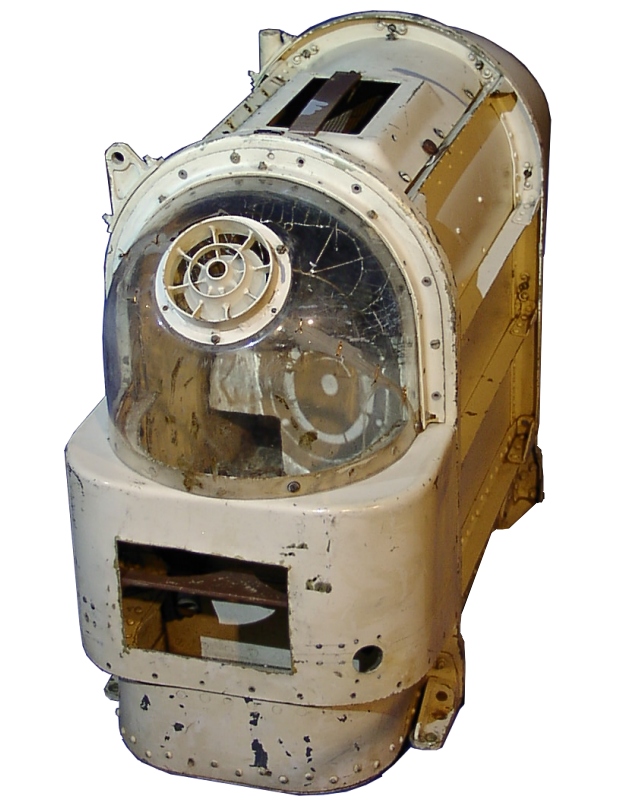|
Animals In Space
Animals in space originally served to test the survivability of spaceflight, before human spaceflights were attempted. Later, many species were flown to investigate various biological processes and the effects microgravity and space flight might have on them. Bioastronautics is an area of bioengineering research that spans the study and support of life in Outer space, space. To date, seven national space programs have flown non-human animals into space: the United States, Soviet Union, France, Argentina, China, Japan and Iran. A wide variety of non-human animals have been launched into space, including monkeys in space, monkeys and apes, Dogs in space, dogs, Félicette, cats, tortoises, mice, rats, rabbits, fish, frogs, spiders, insects, and quail eggs (which hatched on ''Mir'' in 1990). The US launched the first Earthlings into space, with Fruit flies in space, fruit flies surviving a 1947 flight, followed by primates in 1949. The Soviet space program launched Soviet space d ... [...More Info...] [...Related Items...] OR: [Wikipedia] [Google] [Baidu] |
Bioastronautics
Bioastronautics is a specialty area of biological and astronautical research which encompasses numerous aspects of biological, behavioral, and medical concern governing humans and other living organisms in outer space; and includes the design of space vehicle payloads, space habitats, and life-support systems. In short, it spans the study and support of life in space. Bioastronautics includes many similarities with its sister discipline astronautical hygiene; they both study the hazards that humans may encounter during a space flight. However, astronautical hygiene differs in many respects e.g. in this discipline, once a hazard is identified, the exposure risks are then assessed and the most effective measures determined to prevent or control exposure and thereby protect the health of the astronaut. Astronautical hygiene is an applied scientific discipline that requires knowledge and experience of many fields including bioastronautics, space medicine, ergonomics etc. The ... [...More Info...] [...Related Items...] OR: [Wikipedia] [Google] [Baidu] |
Montgolfier Brothers
The Montgolfier brothers – Joseph-Michel Montgolfier (; 26 August 1740 – 26 June 1810) and Jacques-Étienne Montgolfier (; 6 January 1745 – 2 August 1799) – were aviation pioneers, balloonists and paper manufacturers from the Communes of France, commune Annonay in Ardèche, France. They invented the ''Montgolfière''-style hot air balloon, globe aérostatique, which launched the first confirmed piloted ascent by humans in 1783, carrying Jacques-Étienne. Joseph-Michel also invented the self-acting hydraulic ram (1796) and Jacques-Étienne founded the first paper-making vocational school. Together, the brothers invented a process to manufacture Vellum#Paper vellum, transparent paper. Early years Joseph-Michel and Jacques-Étienne Montgolfier were born into a family of paper manufacturers. Their parents were Pierre Montgolfier (1700–1793) and Anne Duret (1701–1760), who had 16 children. Pierre Montgolfier established his eldest son, Raymond (1730–1772), as his succ ... [...More Info...] [...Related Items...] OR: [Wikipedia] [Google] [Baidu] |
Apollo 17
Apollo 17 (December 7–19, 1972) was the eleventh and final mission of NASA's Apollo program, the sixth and most recent time humans have set foot on the Moon. Commander Gene Cernan and Lunar Module Pilot Harrison Schmitt walked on the Moon, while Command Module Pilot Ronald Evans (astronaut), Ronald Evans orbited above. Schmitt was the only professional geologist to land on the Moon; he was selected in place of Joe Engle, as NASA had been under pressure to send a scientist to the Moon. The mission's heavy emphasis on science meant the inclusion of a number of new experiments, including a Fe, Fi, Fo, Fum, and Phooey, biological experiment containing five mice that was carried in the command module. Mission planners had two primary goals in deciding on the landing site: to sample Lunar highlands, lunar highland material older than that at Mare Imbrium and to investigate the possibility of relatively recent Volcano, volcanic activity. They therefore selected Taurus–Littrow, wh ... [...More Info...] [...Related Items...] OR: [Wikipedia] [Google] [Baidu] |
Apollo Command And Service Module
The Apollo command and service module (CSM) was one of two principal components of the United States Apollo (spacecraft), Apollo spacecraft, used for the Apollo program, which landed astronauts on the Moon between 1969 and 1972. The CSM functioned as a mother ship, which carried a crew of three astronauts and the second Apollo spacecraft, the Apollo Lunar Module, to lunar orbit, and brought the astronauts back to Earth. It consisted of two parts: the conical command module, a cabin that housed the crew and carried equipment needed for atmospheric reentry and splashdown (spacecraft landing), splashdown; and the cylindrical service module which provided propulsion, electrical power and storage for various consumables required during a mission. An umbilical cable, umbilical connection transferred power and consumables between the two modules. Just before reentry of the command module on the return home, the umbilical connection was severed and the service module was cast off and al ... [...More Info...] [...Related Items...] OR: [Wikipedia] [Google] [Baidu] |
Fe, Fi, Fo, Fum, And Phooey
Fe, Fi, Fo, Fum, and Phooey were five mice who traveled to the Moon and circled it 75 times on the 1972 Apollo 17 mission. NASA gave them identification numbers A3305, A3326, A3352, A3356, and A3400, and their nicknames were given by the Apollo 17 crew ( Eugene Cernan, Harrison Schmitt, and Ronald Evans). The four male mice, one female mouse, and Evans orbited the Moon for a record-setting six days and four hours in the Apollo command module ''America'' as Cernan and Schmitt performed the Apollo program's last lunar excursions. The mice travelled in individual compartments of tubes inside an aluminium container with "a sufficient food supply, temperature control, and a reserve of potassium superoxide that absorbed the from their respiration and provided them with fresh oxygen." One of the male mice died (A-3352) during the trip, and the four survivors were euthanized and dissected for their expected biological information upon their return from the Moon. The three astronaut ... [...More Info...] [...Related Items...] OR: [Wikipedia] [Google] [Baidu] |
Moon
The Moon is Earth's only natural satellite. It Orbit of the Moon, orbits around Earth at Lunar distance, an average distance of (; about 30 times Earth diameter, Earth's diameter). The Moon rotation, rotates, with a rotation period (lunar day) that is synchronized to its orbital period (Lunar month#Synodic month, lunar month) of 29.5 Earth days. This is the product of Earth's gravitation having tidal forces, tidally pulled on the Moon until one part of it stopped rotating away from the near side of the Moon, near side, making always the same lunar surface face Earth. Conversley, the gravitational pull of the Moon, on Earth, is the main driver of Earth's tides. In geophysical definition of planet, geophysical terms, the Moon is a planetary-mass object or satellite planet. Its mass is 1.2% that of the Earth, and its diameter is , roughly one-quarter of Earth's (about as wide as the contiguous United States). Within the Solar System, it is the List of Solar System objects by ... [...More Info...] [...Related Items...] OR: [Wikipedia] [Google] [Baidu] |
Ars Technica
''Ars Technica'' is a website covering news and opinions in technology, science, politics, and society, created by Ken Fisher and Jon Stokes in 1998. It publishes news, reviews, and guides on issues such as computer hardware and software, science, technology policy, and video games. ''Ars Technica'' was privately owned until May 2008, when it was sold to Condé Nast Digital, the online division of Condé Nast Publications. Condé Nast purchased the site, along with two others, for $25 million and added it to the company's ''Wired'' Digital group, which also includes '' Wired'' and, formerly, Reddit. The staff mostly works from home and has offices in Boston, Chicago, London, New York City, and San Francisco. The operations of ''Ars Technica'' are funded primarily by advertising, and it has offered a paid subscription service since 2001. History Ken Fisher, who serves as the website's current editor-in-chief, and Jon Stokes created ''Ars Technica'' in 1998. Its purpose was t ... [...More Info...] [...Related Items...] OR: [Wikipedia] [Google] [Baidu] |
Orbital Spaceflight
An orbital spaceflight (or orbital flight) is a spaceflight in which a spacecraft is placed on a trajectory where it could remain in space for at least one orbit. To do this around the Earth, it must be on a free trajectory which has an altitude at perigee (altitude at closest approach) around ; this is the boundary of space as defined by NASA, the US Air Force and the FAA. To remain in orbit at this altitude requires an orbital speed of ~7.8 km/s. Orbital speed is slower for higher orbits, but attaining them requires greater delta-v. The Fédération Aéronautique Internationale has established the Kármán line at an altitude of as a working definition for the boundary between aeronautics and astronautics. This is used because at an altitude of about , as Theodore von Kármán calculated, a vehicle would have to travel faster than orbital velocity to derive sufficient aerodynamic lift from the atmosphere to support itself. Due to atmospheric drag, the lowes ... [...More Info...] [...Related Items...] OR: [Wikipedia] [Google] [Baidu] |
Sub-orbital
A sub-orbital spaceflight is a spaceflight in which the spacecraft reaches outer space, but its trajectory intersects the surface of the gravitating body from which it was launched. Hence, it will not complete one orbital revolution, will not become an artificial satellite nor will it reach escape velocity. For example, the path of an object launched from Earth that reaches the Kármán line (about – above sea level), and then falls back to Earth, is considered a sub-orbital spaceflight. Some sub-orbital flights have been undertaken to test spacecraft and launch vehicles later intended for orbital spaceflight. Other vehicles are specifically designed only for sub-orbital flight; examples include crewed vehicles, such as the X-15 and SpaceShipTwo, and uncrewed ones, such as ICBMs and sounding rockets. Flights which attain sufficient velocity to go into low Earth orbit, and then de-orbit before completing their first full orbit, are not considered sub-orbital. Examples o ... [...More Info...] [...Related Items...] OR: [Wikipedia] [Google] [Baidu] |
Soviet Space Program
The Soviet space program () was the state space program of the Soviet Union, active from 1951 until the dissolution of the Soviet Union in 1991. Contrary to its competitors (NASA in the United States, the European Space Agency in Western Europe, and the Ministry of Aerospace Industry in China), which had their programs run under single coordinating agencies, the Soviet space program was divided between several internally competing OKB, design bureaus led by Sergei Korolev, Korolev, Kerim Kerimov, Kerimov, Mstislav Keldysh, Keldysh, Mikhail Yangel, Yangel, Valentin Glushko, Glushko, Vladimir Chelomey, Chelomey, Viktor Makeyev, Makeyev, Boris Chertok, Chertok and Information Satellite Systems Reshetnev, Reshetnev. Several of these bureaus were subordinated to the Ministry of General Machine-Building. The Soviet space program served as an important marker of claims by the Soviet Union to its superpower status. Soviet rocketry, Soviet investigations into rocketry began with the fo ... [...More Info...] [...Related Items...] OR: [Wikipedia] [Google] [Baidu] |
Dogs In Space
During the 1950s and 1960s the Soviet space program used dogs for sub-orbital and orbital space flights to determine whether human spaceflight was feasible. The Soviet space program typically used female dogs due to their anatomical compatibility with the spacesuit. Similarly, they used mix-breed dogs due to their apparent hardiness. In this period, the Soviet Union launched missions with passenger slots for at least 57 dogs. Some dogs flew more than once. Most survived; those that died were lost mostly through technical failures, according to the parameters of the test. Laika was an exception and was expected to die during her Earth-orbiting 3 November 1957 Sputnik 2. Training Dogs were the preferred animal for the experiments because scientists felt dogs were well suited to endure long periods of inactivity. As part of their training, they were confined in small boxes for 15–20 days at a time. Stray dogs, rather than animals accustomed to living in a house, were chose ... [...More Info...] [...Related Items...] OR: [Wikipedia] [Google] [Baidu] |









